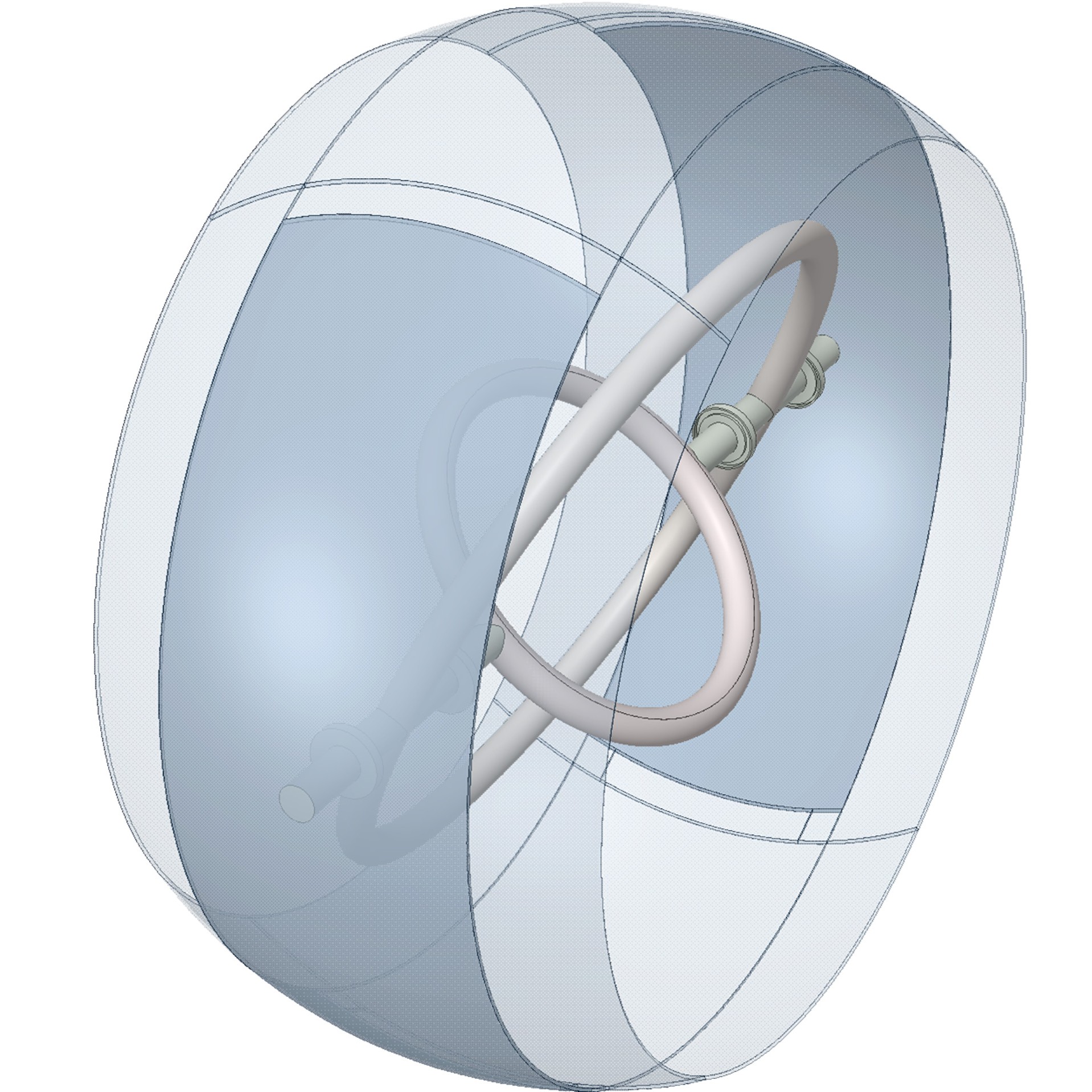As the global demand for clean and sustainable energy surges, the importance of an efficient power grid is getting more critical. The power grid as a major part of the current energy system, enabling the delivery of electricity from centralized power plants and increasingly distributed sources to homes, industries, and infrastructure. However, the current grid infrastructures, in many regions, is outdated and operating near its limits.
Emerging projections indicate that electricity generation will significantly outpace the grid’s ability to transmit and distribute it efficiently, especially with large-scale integration of solar and wind power that is often constructed far from urban demand centers. This discrepancy creates an urgent need to explore new methods of electric power transmission. Researchers are currently working on different approaches such as high-voltage direct current (HVDC) systems, superconducting cables, wireless power transfer, and decentralized smart grids. It is very important to understand that the failure to upgrade and innovate transmission networks could limit the clean energy transition, leading to curtailment of renewable energy, grid instability, and economic inefficiency. On the other hand, Fusion energy is approaching a pivotal shift from laboratory research to potential commercial power generation. Even though it is not practical yet, we’re closer than ever before. Organizations like JET (UK), NIF (USA), ITER (France), and Private companies – Like Helion, TAE Technologies, and Commonwealth Fusion Systems (CFS) are even working on smaller, faster timelines with advanced tech (e.g., magnets, pulsed systems). Helion claims it will produce electricity as early as 2028.
However, while fusion promises clean, high-output, and virtually limitless energy[1], today’s power grids are largely built for steady, predictable inputs from fossil fuel and nuclear plants, not the pulsed, high-intensity outputs that fusion systems may deliver that current grid is not efficiently flexible or fast enough in response to such dynamic energy profiles.
To fully leverage fusion, future grids must evolve into new systems featuring real-time control, advanced storage solutions, decentralized load balancing, and robust transmission upgrades. In contrast to the mostly analog and centralized infrastructure that is functioning today, the next-generation grid must act as a living system that is adaptive, resilient, and tightly integrated with new approaches like fusion or any other energy source.
Wireless energy transmission system represents a new paradigm shift in how we distribute electricity, especially as traditional power grids face tremendous pressure from rising energy demands, while sustainable and renewable sources are integrating. Unlike conventional wired systems, wireless transmission has the potential to bypass physical and geographical limits, which is the major constraint in current infrastructures. This could enable the direct delivery of power from remote, sustainable, and renewable energy sources, such as fusion plant power generators, offshore wind farms, or even space-based solar arrays, to consumption centers without the need for extensive ground-based transmission lines. Additionally, wireless systems offer flexibility in disaster recovery, decentralized energy sharing, and electrification of hard-to-reach regions, where building physical grids is impractical or economically unviable. While challenges remain in terms of efficiency, safety, and regulatory frameworks, advances in wireless power transfer could relieve strain on existing grids and accelerate the global transition to resilient, future-proof energy systems.

